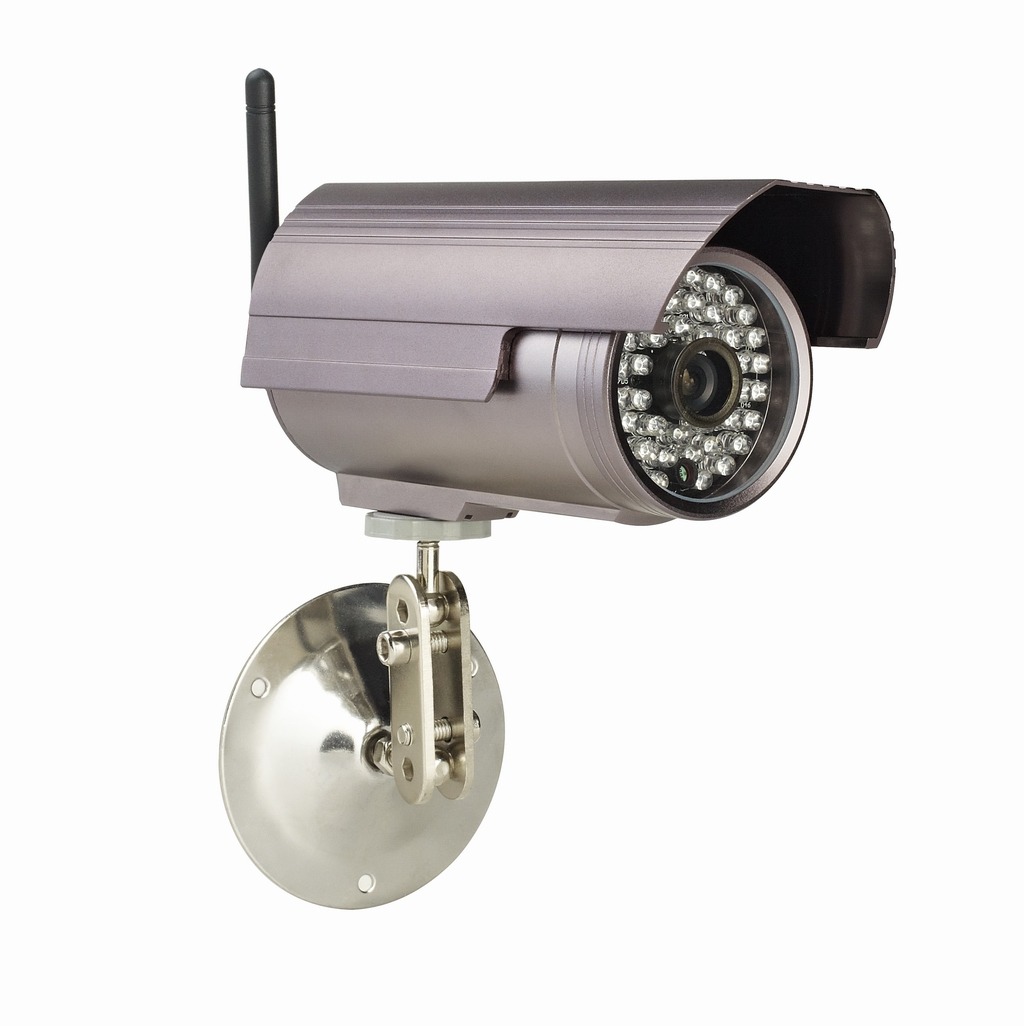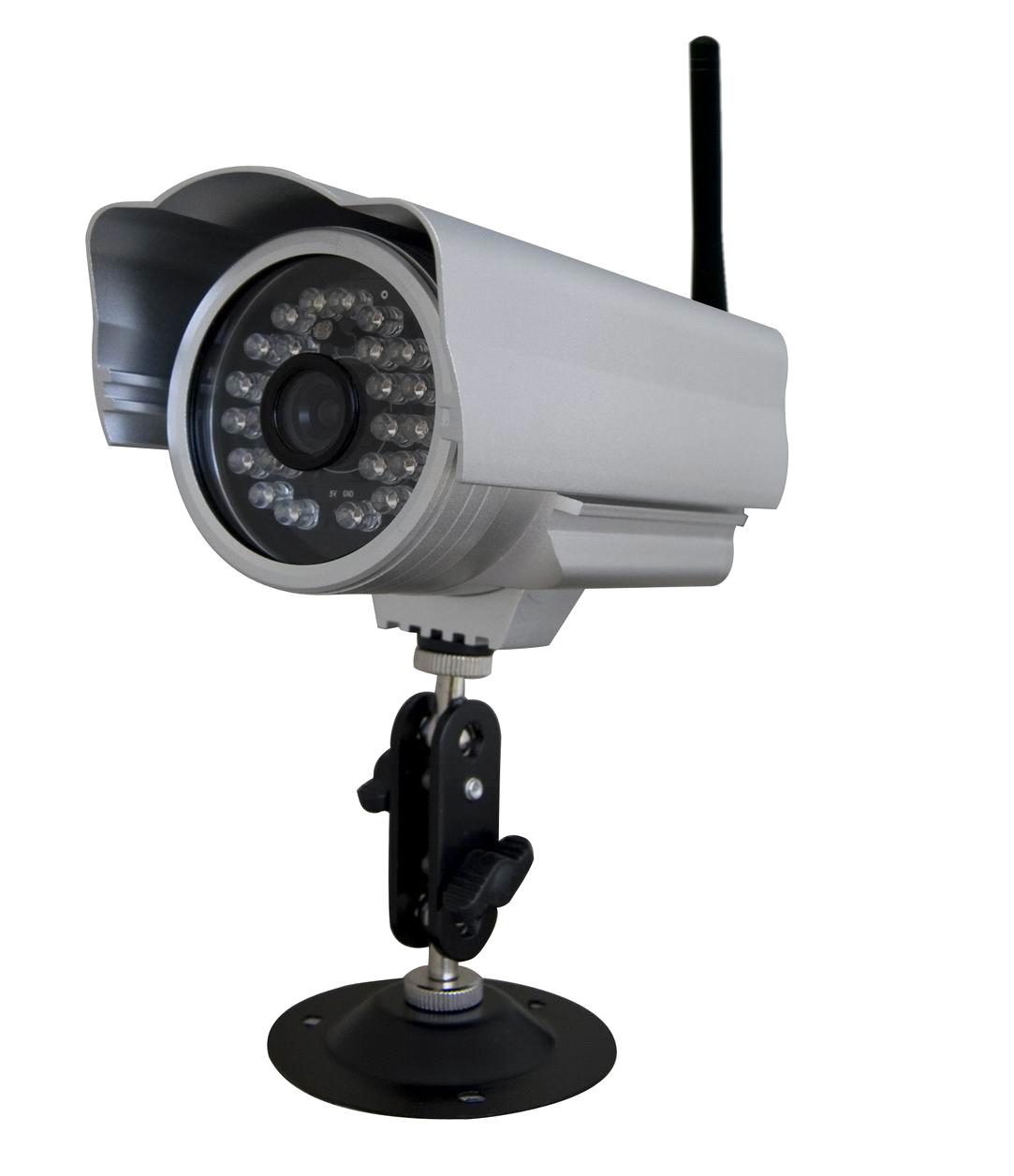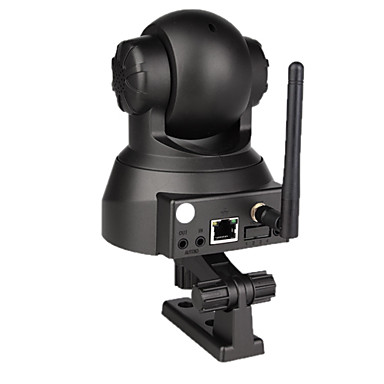Wireless Home Security Cameras...
easy installation and excellent coverage
When I talk about wireless home security cameras, I actually mean Internet Protocol or IP cameras, as they are commonly known. This is a type of digital video camera almost exclusively used for surveillance.
It is only with the new technology available to us, driven by mobile communications and the internet, that wireless home security camera systems became viable.
Wireless security cameras are really easy to install yourself and the value they add, as your eyes to the outside, are unsurpassed to any other home security system you will install.
All wireless home security camera providers will help you with set-up and will also configure the software when you buy the system, free of charge. Then it is a question of installation, switch-on and voila, your wireless home security system is operational.

With the crime levels increasing everywhere in the world, and more and more security measures put into place around our homes, we need to have an early warning system in place.
Something where we can actually see exactly what is happening in and around our homes. This is where a properly designed and installed security camera system comes into its own. They are your eyes to the outside.
Security cameras are no longer a luxury item. The cost has come down tremendously in the past few years and if you consider the increased level of security they provide, it is an essential part of any home security system.
OK, let's see how they work.....
How does wireless IP cameras work?

The key difference between the older analogue camera systems (what we know as CCTV systems) and new generation IP cameras, is the fact that the IP cameras itself are capable of streaming digital video directly, which means there is no need for analogue to digital conversion anymore.
But even more important than this, is the fact that the digital wireless home security cameras can capture the video in much, much higher resolution than analogue systems.
Another benefit is that IP cameras can use your home's existing network infrastructure.
It is also clear from the global camera sales figures, that IP cameras are the preferred option, above the older CCTV technology.
There are two kinds of IP cameras:
- Centralised, and
- Decentralised.
A centralised IP camera is a network device, connected directly to the internet via a network video recorder (NVR). The NVR handles the recording and the video and alarm management. The communication between the two devices are bi-directional, which gives us complete control over each camera. This topology is the same as used by the analogue systems, except that the one streams analogue and the other digital.
Decentralised IP cameras acts as a mini computer, where all the logic resides inside the camera itself. It records the video on it's internal hard drive, a flash disk or if connected to a network, the data can be stored on the network as ready to access files.
The software to control the camera and that does the motion detection, is installed on the hard disk too. This means that the video is processed at the source, rather than having to send it to a central NVR for processing. The camera packages the video as digital "words", just like the NVR will do, but without consuming any network bandwidth.
It is therefore a complete stand-alone unit accessible from anywhere in the world via your smart phone or any internet connection.
How do I select a system?

The first thing you must remember is that there are thousands of different wireless home security cameras out there and instead of being overwhelmed by this prospect, rather think of it in this way....
With all the possibilities available to you, you can now design a wireless home security camera system that suits your needs perfectly.
Your system can be customised to your exact needs and requirements.
To make it easier to choose, we need to know more about the resources your cameras will require from your internet connection.
Decentralised IP cameras use a lot less bandwidth than a centralised system. I also prefer cameras that does its own processing, as it means that you can access each camera individually. This is not possible via a centralised system, as the NVR has to process the data and package it, before streaming the data.
The security camera monitoring software is the next thing to consider. The software must be user-friendly, pliable and must work without user intervention.
An important aspect to consider here is the remote log-in options. Make sure that the camera system you select, allow logging in via a web-interface on multiple devices. It is also important that the software must be able to SMS or email you when motion is detected and the event recorded.
If you keep the above considerations in mind, your wireless home security camera system has the following advantages:
- Flexibility; it is very easy to move a wireless camera where it is needed as no cabling is required.
- Remote access; live or recorded video from any selected camera can be viewed from anywhere, on any computer or smart phone.
- Encryption; IP cameras provide secure data transmission through encryption and authentication methods, such as WEP, WPA and WPA2.
So, with some careful selection, you will be able to:
- get early warning of any movement in and around your home, and
- be able to keep an eye on your surroundings on any laptop, PC or mobile phone, without setting a foot outside.
Just as with a conventional CCTV system, it is important to keep the following in mind....
- Each camera must be carefully placed in order to make sure the required area is visible and the clarity of the picture must be crystal clear.
- Mount the bracket securely to the wall to ensure that the wind doesn't shake the camera and distort the picture.
- Outdoor cameras should always have a weatherproof casing for protection. These casing also helps against tampering.
- I recommend that you install the cameras at least 3m above the ground, so that no-one can interfere with them.
Once you have your system in place, you will be amazed by the piece of mind you will have by being able to look at a screen and know that all is well in and around your home. That your family and your possessions are safe and sound.....
Return from Wireless Home Security Cameras to Do It Yourself Home Security

New! Comments
Have your say about what you just read here! Please leave me a comment in the box below.